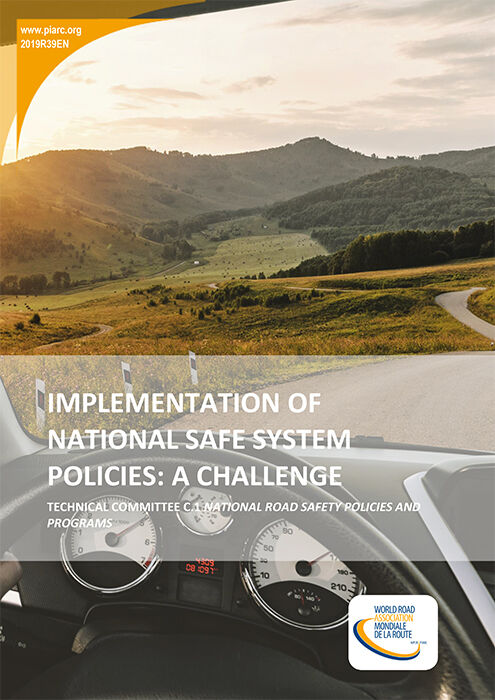Implementation of National Safe System Policies: A Challenge - Technical Report

This report provides a contribution to global road safety through a summary of National Safe System Policies and Implementation in relation to the Safe System approach. The report also highlights the steps that low, middle and high-income countries alike can take to accelerate progress towards Safe System outcomes. The report includes a number of key findings from a review and survey of international practice related to national Safe System policies and implementation, which are listed below and expanded further in the body of the report. The focus of this report is related to infrastructure road safety elements, with limited focus on the institutional arrangements and management of safety. It should be understood that successful Safe System approach involves more than infrastructure actions, recognizing the need for a hositic approach that encompasses education, enforcement, management and institutional procedures in support of collision reduction and prevention.
There are some major challenges and significant barriers that road agencies still face when attempting to implement Safe System policies. Policy challenges include support and funding, guidance and information. Management challenges included coordination and availability of skilled staff, lack of crash data and knowledge of the road state/condition.
It is encouraging that knowledge regarding the Safe System is relatively high, and many countries have now adopted this approach. However, only a third of respondents to this survey indicated that their countries had successfully implemented a Safe System approach. In regards to Safe System infrastructure, only half of the surveyed countries reported that they had successfully implemented specific targets at national level, while others indicated that such targets were embedded in other strategic plans.
Most countries have methods to prioritise road safety investments, and similarly, most use multiple methods. The most commonly used approach is Benefit-Cost Ratio, but Potential for Improvement, Cost Effectiveness and Crash Rates are also commonly used.
Information sheet
- Date: 2019
- Author(s): Comité technique / Technical Committee / Comité Técnico C.1 Politiques et programmes nationaux de sécurité routière / National Road Safety Policies and Programs / Políticas y Programas Nacionales de Seguridad Vial
- Domain(s): Road Safety
- Type: Technical Report
- PIARC Ref.: 2019R39EN
- ISBN: 978-2-84060-585-0
- Number of pages: 80